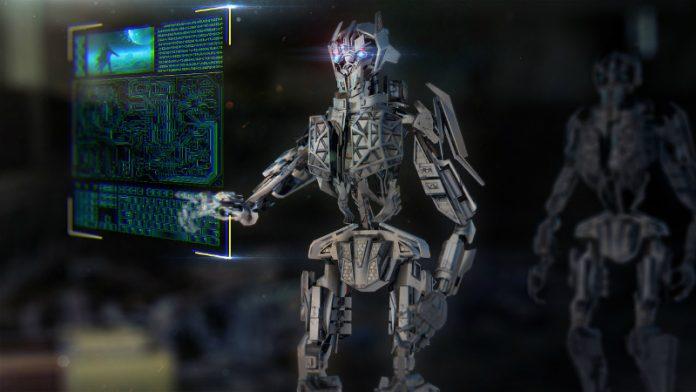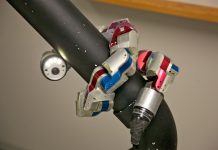Kiosks cut labor costs, increase efficiency, and help better manage data, what’s not to love?
Automated kiosks are quickly becoming a billion dollar industry. Restaurant and retail owners are replacing humans with kiosks because they save money, boost efficiency and improve the collection and management of data.
It is hard these days not to notice the increase in the number of restaurants utilizing automated kiosks or that vending machines have moved beyond selling you candy and soda to enticing you with an ever-widening array of products.
According to Research and Markets, this trend is not only here to stay, but on course to increase exponentially over the next five years. While some customers may bemoan the disappearance of human contact, business owners are quick to point out the advantages of installing kiosks. Three factors motivating adaptation of this innovation are reductions in labor costs, increased efficiency, and better management of data.
It is not difficult to understand how replacing a human being demanding an hourly wage with a kiosk operated by customers is cost reducing. The glaringly obvious benefit is that a business owner no longer has to pay that hourly wage for cashiers.
One cost of business consumers typically overlook, however, is the cost owners pay for having employees who pilfer from the register or walk off with inventory. Not only do the losses cost the owner, but the time spent having to hire and train new employees also equates to dollars lost as well. Replacing cashiers with kiosks radically reduces the operating costs.
Talk to any fast food chain proprietor who has already started using kiosks and you will likely hear how time-saving they are. Many customers stand in line and reach the register without fully deciding what they are going to order. This delay in ordering prevents those who already know what they want from ordering, but also slows down the assembly of the meals on the back end.
The inclusion of kiosks streamlines this process and cuts down on any mistake that may have been made by a miscommunication between a customer and a cashier. Moreover, this streamlining of ordering can implemented uniformly across locations in a way that cannot be done with human operators.
Lastly, one cannot speak of business in the current era without talking about data-mining and data management. Kiosks can be programmed not only to keep a record of not only of sales data for the purpose of better managing inventory, but they can be programmed to record customer behavior as well.
Software can be created to record any number of factors, including, but not limited to how long a person takes to complete their order, how many times he changes his mind about his order, what extras a customer adds or declines when prompted by suggestions. All of this information can be collected, analyzed, and used to improve customer experience, and thus revenue in the future.
So, expect to see encounter more computer screens and fewer human faces in the future.


















